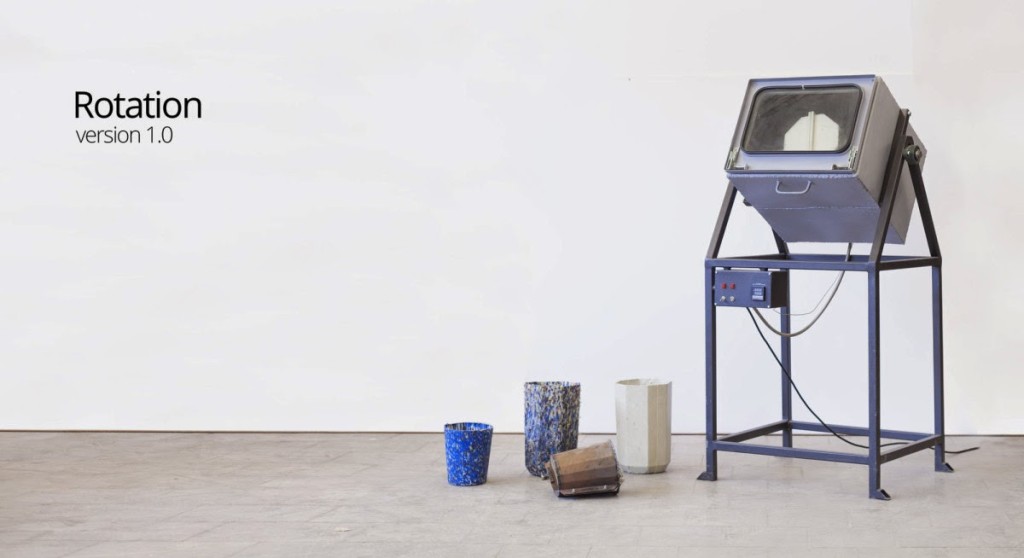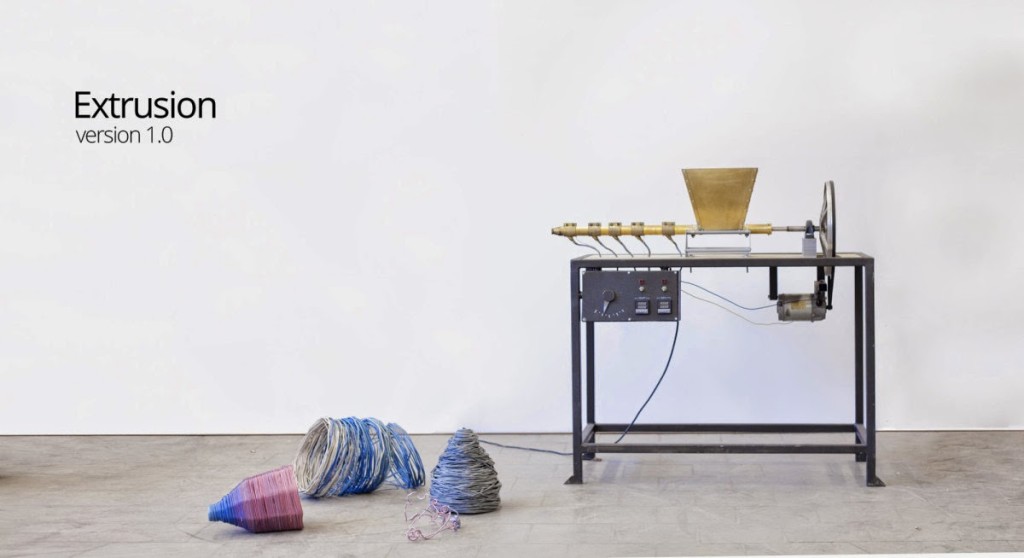Dave Hakkens has a problem. That’s something of a statement for a solution solver such as himself. Afterall, it was Dave that came up with the idea of a modular smartphone system to cut down on waste, known as Phonebloks. Phonebloks was bought by Vodaphone. Vodaphone was bought by Google. Project Ara, the modular Google smartphone, was born. Then, Google teamed up with 3D Systems to print the modular housings. So, for Mr. Hakkens, solving a problem is something that he is familiar with. The problem Dave has now, is for his Precious Plastic open source filament recycling machine project. That problem is that he needs an engineer to do the job. And the $10,000 Mr. Hakken won for Precious Plastic is on offer to the engineer that can do that job.
You may have caught a mention of the first quantitive study into the sustainabilty benefits of 3D printing earler in the week. It makes for exciting reading. There are many people, Makers, designers, industrialists and more, who are already delving deep into innovating around the potential of 3D printing for ecological benefits. One of the most reoccuring themes is the tranformation of the process for materials from a linear input-to-output, with waste byproducts and non-reusable prints, to a more circular process that offers the opportunity to reuse the waste and obsolete prints. In plastics, this is particularly pertinant, given that polymers represent the largest share of feedstock used in personal printers. The desktop factory is currently almost entirely orientated around plastics: including ABS (such as in Lego) and PET (such as in plastic bottles) — highly popular, but not biodegradable, as per PLA. There have been a number of projects that have brought forth open- and closed-source machines for the job.
At a more commercial level 3D Systems have the will.i.am Coca-Cola EKOCYCLE 3D Printer with these issues in mind. Stratasys offer a recycling service for old cartridges filament and printers. At a maker level, Filamaker, Filastruder, the Om Nom Project, to name some of the first. DIY / Maker instruction website Instructables hosts a make-your-own version that can be pieced together for $130 – 150. Even recycling FDM filaments using liquid nitrogen. But how about taking the scale of such machines up a notch, keeping them open source and aiming to propogate their diffusion across makerspaces all over? Precious Plastic is hoping to do just that, and, designs in hand as per the images shown, are looking for someone with the technical prowess to be able to put their own filament eco-cycle machines together in the most technically proficient manner possible.
Precious Plastic say: ”Plastic is everywhere around us, but hardly any of it is being recycled. Local plastic production is rapidly growing by 3D printers and developing countries are swamped in plastic waste it. There needs to be a set of machines that can recycle plastic locally and turn waste into new products or raw-material. We aretrying to develop them here. The blueprints of these machines are shared online, for free. So everyone in the world can download and reproduce them. Machines will be easy to build, use, upgrade and repair.”
So, would you like a $10,000 chance to participate in an ethical project to help bring eco-sustainability to 3D printing? Can you make the most of the interesting machines that a renown innovator has produced? If so, Precious Plastic would love to hear from you!
For your ease the 3DPI article archives on: Recycling, sustainability.




Leave A Comment